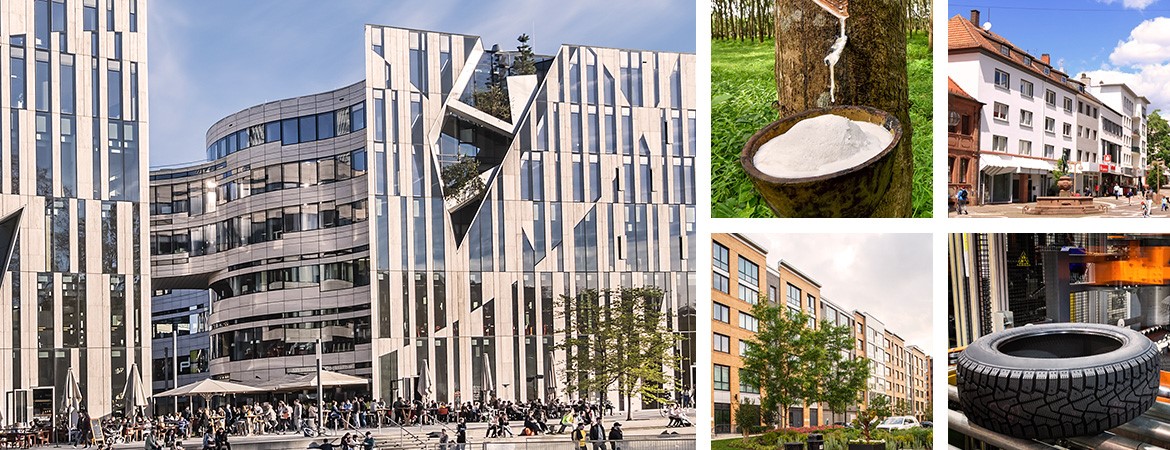








Compared with the cyclical ups and downs in the area of natural rubber, the market and price stability of rubberwood is considerably less vulnerable. Basically, the rules of the market apply, especially of supply and demand, even for timber.
If the timber is used in the furniture or construction industries, as is the case for rubberwood, it is primarily the local and regional conditions which influence the market and price. They are also dependent on the national or even global economic developments, but the effects often occur in a delayed and weakened form. Since wood and timber products tend to cover basic human needs, such as in the area of living and construction, the demand for them is more stable than for products which go beyond these (basic) needs.
Given the fact that the global and local demand for timber tends to exceed supply, the assumption is that the market and price conditions for the raw material are relatively stable – in the case of rubberwood this is all the more so because independent of its exceptional qualities and characteristics, it is not perceived as an exclusive wood and is traded at moderate prices of between US$ 100 to 150 dollars per cubic meter.